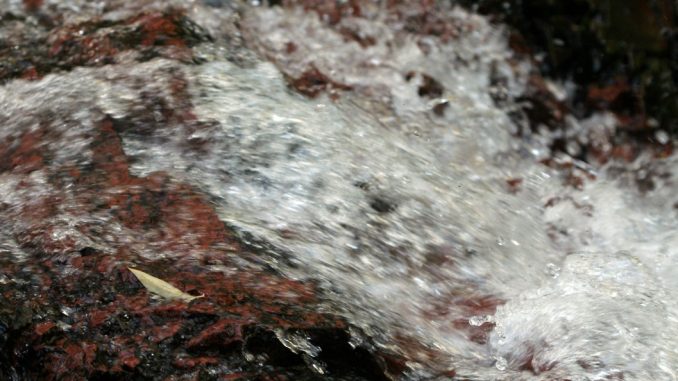
Over 60% of the United Kingdom suffers from hard water. Although it does not pose a threat to human health, it can cause long-term problems for pipes, appliances and household plumbing systems.
In this article, we are going to explain what it is, how you can discover the type of water in your area and what you can do to protect yourself from the problem.
What is hard water?
It is water which has high mineral content. When rainwater falls from the sky, it is naturally soft. Once it comes into contact with the ground, it can pick up dissolved minerals such as magnesium, calcium and iron. The more of these minerals the rainwater encounters, the harder it becomes.
How does it form?
To pick up minerals, rainwater needs to penetrate the ground. It finds this easy to do in areas of the United Kingdom with porous, sedimentary rocks such as limestone, chalk, flint and sandstone.
In regions with less porous, metamorphic rocks like granite, rainwater cannot penetrate the ground and so it remains soft.
How do I know if I have hard water?
The hardness is impacted by the geology of the region you live in. South east England, Norfolk, Lincolnshire and the Humber region are mainly made up of chalk and limestone, leading its water to be categorised as hard-to-very-hard.
In the north east of England, the Midlands, Manchester, Liverpool and parts of eastern Wales, water is classed as medium-to-hard.
The south west and north west of England, Scotland and Northern Ireland are areas of impervious granite and have soft-to-moderately-soft water as a result.
Find out what water is in your area.
How is it measured?
Water hardness in the UK is measured by how many calcium carbonate parts are found dissolved per million particles of water. Here is how it is classified:
| Parts per million | Water Hardness Level |
| 0-50 | Soft |
| 51-100 | Moderately soft |
| 101-150 | Slightly Hard |
| 151-200 | Moderately hard |
| 201-300 | Hard |
| 300+ | Very hard |
Is hard water bad for my health?
It is not bad for your health – in fact, it is the complete opposite. You will have seen bottled water companies boasting about the high mineral content of their water due to calcium and magnesium contributing towards a healthy diet.
If you live in an area with harder water and drink from the tap, you are ingesting minerals that play an important role in keeping you fit and healthy.
Is it bad for my plumbing and appliances?
Unfortunately, not everything reaps the benefits. While it might be good for the body, it has the opposite effect on plumbing systems and appliances which draw water from the mains supply.
When the minerals pass through pipes and into appliances, they can become aggressive – especially when warmed up in devices such as kettles, washing machines and dishwashers – leading to limescale.
Limescale can cause real problems in the home. Build up of scale leads to reduced flow in water and heating pipes; reduced efficiency and lifespan of appliances and boilers; and it can cause increased energy bills as systems have to work harder to heat homes.
The Carbon Trust say that a 1mm layer of limescale can cause a seven percent increase in energy input to the boiler, adding anywhere between £150 and £200 to the average heating bill.
And that is just the start. Left untreated, limescale could mean a household find themselves needing to purchase a brand-new boiler or carrying out an emergency pipe repair.
How can I soften my water?
Because of the damage that limescale can cause, there are several products available which help to soften water.
Most of these work by removing the particles of calcium, magnesium, and iron at the point where a private pipework system connects to the public supply at the mains – essentially, the place where a household become responsible for pipe maintenance.
How do I remove limescale?
Softening water may not be a viable option for everyone. Instead, it is possible to reduce the build-up of limescale or remove it once it begins to form.
Since most of the minerals in limescale are calcium, applying a highly reactive substance to fixtures suffering from a build-up of limescale can help to destroy it.
Vinegar is one a such acid – if you place a limescale-covered part in a bowl of hot vinegar then you can dissolve the calcium deposit within an hour.
Another means to reduce the build-up of limescale is by reducing the temperature of your hot water. The warmer the temperature, the easier minerals form limescale. Adjusting your thermostat can help reduce the amount of limescale which forms.
As well as these straightforward solutions, there are specialist limescale removing products available which can help to prevent the damage that can be wrought by hard water.

Leave a Reply